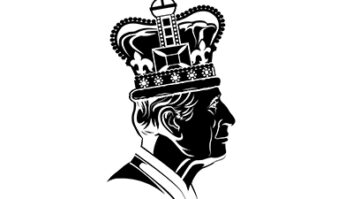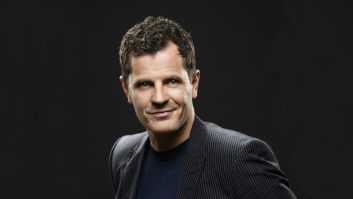While much of the UK is currently focused on the General Election on 4th July, voters across Europe will be heading to the polling stations over the next few days to elect Members of the European Parliament.
Between the 6th and 9th of June, around 373 million Europeans will be able to vote for 720 new MEPs. The European block is the second largest democratic electorate in the world.
That also means a busy time for European broadcasters as they bring the results from their own country to viewers, as well as across the region.
Sebastian Blaha, head of newsroom operations at Austrian public broadcaster ORF tells TVBEurope it began planning for the election last year, with work beginning on a specially designed studio in September. “We started planning for our TV coverage in January,” he adds.
ORF will have approximately 15 reporters out and about covering the counts, all using LiveU technology to send live video and audio back to the broadcast centre. It will also have an outside broadcasting truck at the broadcast centre to deliver feeds back to ORF’s gallery.
All of ORF’s OB van cameras are Ikegami, while its ENG cameras are from Sony. Vizrt’s HTML5-based templated graphics solution Viz Pilot Edge, and its control system Viz Trio will help tell the story of the election to viewers, adds Blaha.
ORF intends to use two studios across its coverage of the results on 9th June. As well as the specially designed studio, ORF will use the home of its Zeit im Bild programme. Both will use LED screens, but ORF is not using augmented reality for the EU elections.
According to Blaha, ORF intends to use a traditional production team setup for the election show and a different one for its own news programme, both of which will employ automated technology via VIZ Mosart.
To tell the story from other countries, ORF intends to use to highlight cuts from the European Broadcasting Union in its news bulletins.
As with all broadcasters, ORF’s biggest challenge will be keeping viewers engaged after the polls have closed at 5pm as they wait for the results to start being announced at 11pm, sats Blaha. “Viewers in Austria are used to getting information on the ballots shortly after the last polling station closes.”







